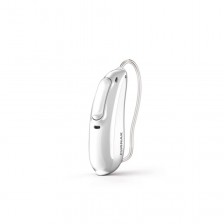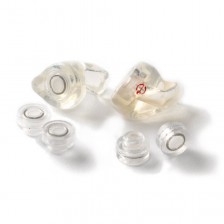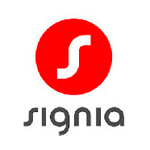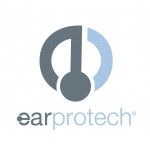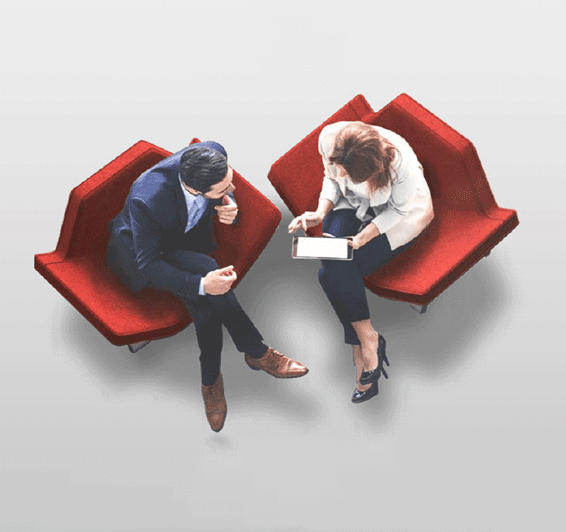Hearing solutions for deaf people


In addition to the classic hearing aids, there are other hearing solutions for people who are deaf or hard of hearing, which make everyday life easier for them and can really change their lives.
While everything will depend on the degree of hearing loss of each patient, there are many options on the market to help the patient so that everyday tasks, such as waking up in the morning, do not stand in the way.
Telephones, bells, alarm clocks and alarms
When you have hearing problems, talking on the phone is difficult and can be very uncomfortable. There is a wide range of fixed, wireless and mobile terminals on the market that are designed to be easy to use and that also allow for clear conversations whether or not you are a hearing aid user.
There are also alarms and alarm clocks with tones of a higher intensity than usual, with light or vibration systems that complement those sounds (especially for cases of total deafness) that also facilitate the patient's life.
App to learn how to read
Huawei launched in 2018 the free App Storysign. They define it as "an App to bring reading closer to deaf children", the world's first literacy platform for deaf children. This application interprets the text of books into sign language, helping deaf children to enjoy stories, as everyone else does.
Magnetic loops
A Magnetic Loop is a sound system that transforms the audio signal we can all hear into a magnetic field picked up by the wearers of a type of hearing aid equipped with a "T" position.
They are mainly used in places where there is ample space such as conference rooms, cinemas or theatres, or places where it is important for people to hear messages (public address system).
Latest technologies
Last year, the Spanish startup Visualfy presented at the Mobile World Congress in Barcelona a system they called DSS (Deaf Smart Space), which consists of a small device similar to a router, consisting of a series of detectors that collect the everyday sounds of the home, such as an alarm or the bell, and are linked to them, so that they warn the patient when one of these sounds is produced and can be attended. It is the users themselves who can record the sound and make distinctions between mechanical and organic type, according to interest. A very useful and promising project.


